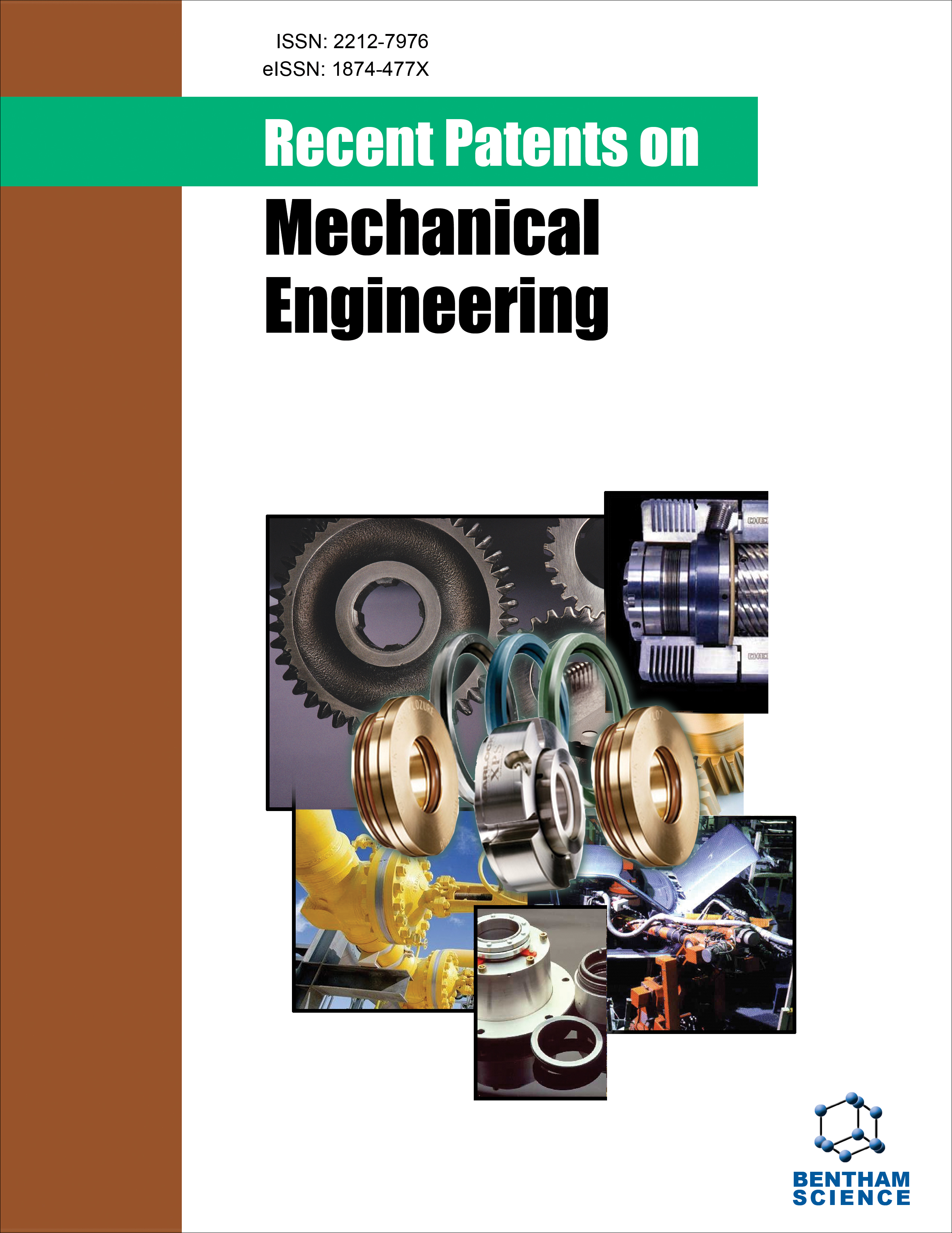
Full text loading...
We use cookies to track usage and preferences.I Understand
The expanding need for fossil fuels emphasizes the necessity to comprehend renewable energy sources.
This study examined the performance of a single-cylinder diesel engine using Jatropha biodiesel and aluminum dioxide—the research aimed to evaluate engine reactivity to compression ratio and load variations. The experiment employed with varitaion compression ratios.
This study used the Response Surface Methodology to find the best Brake Specific Fuel Consumption performance indicator location. The researchers used a Central Composite Design setup for analysis. A regression model employing the response surface approach was then created to predict fuel phase-out likelihood.
This study examines multiple factors' effect and highlights the potential for patentable innovations in renewable fuel applications. According to studies, Jatropha biodiesel and its blends may improve engine efficiency and lower brake-specific fuel consumption compared to diesel fuel. Minor input parameter modifications are needed to gain these benefits.

Article metrics loading...

Full text loading...
References


Data & Media loading...

